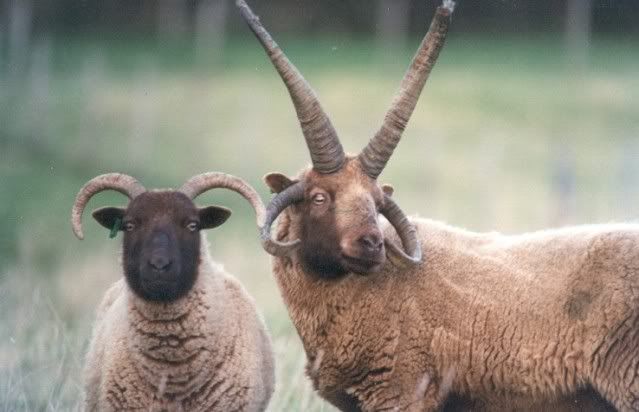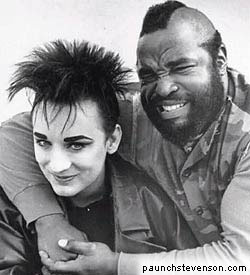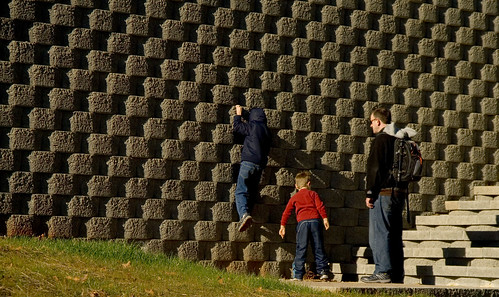COUNTING SHEEP
In addition to inducing somnolence, sheep are counted by shepherds to audit their flocks. Traditionally, special counting terms were used which varied across Britain and within regions. Below is one of the many (now archaic) versions:
Isle of Man Sheep
1....................Yan
2....................Tan
3..................Tether
4.................Mether
5.....................Pit
6..................Tayter
7..................Layter
8..................Overa
9.................Covera
10..................Dicks
11............Yan-a-Dicks
12............Tan-a-Dicks
13.........Tether-a-Dicks
14........Mether-a-Dicks
15................Bumfit
16..........Yan-a-Bumfit
17..........Tan-a-Bumfit
18........Tether-a-Bumfit
19.......Mether-a-Bumfit
20..................Jiggit
20 sheep are a ‘score
Other thoughts on this, and other lists:
THE SHEEP-COUNTING SCORE
By WALTER SKEAT, 1910
http://www.isle-of-man.com/manxnotebook/fulltext/sheep.htm
I will now take as an example one of the new sets of the score, which still " holds " with some of the old shepherds of Lincolnshire
Lincolnshire Sheep
1. Yan.
2. Tan.
3. Tethera.
4. Pethera.
5. Pimp.
6. Sethera.
7. Lethera.
8. Hovera.
9. Covera.
10. Dik.
11. Yan-a-dik.
12. Tan-a-dik.
13. Tethera-dik.
14. Pethera-dik.
15. Bumpit.
16. Yan-a-bumpit.
17. Tan-a-bumpit.
18. Tethera-bumpit.
19. Pethera-bumpit.
20. Figgit (sic, ?Jiggit).
Now this is Sandra again. I've heard often that "eeny, meenie, miney, mo" is from some forgotten counting system of ancient days. Why not? Makes sense.
But reading at the link above, there was mention of those numbers being used also by older women to count their rows of knitting and to amuse children. Because of that I propose an idea (and if anyone knows of documentation that I'm right, woohoo!): I think the "counting sheep" tradition is probably from this, and further I'm going to venture to guess that there was a tune or chanting rhythm that went with that counting and that parents or grandparents "counted sheep" until a child fell asleep, like a lullabye, and that children could do it too.
Counting sheep with regular numbers seems goofy, and few people know much about sheep anyway. But in sheep-raising areas, with traditional counting schemes, starting over every time you get to 20, it could be very lulling and comforting (and boring, and possibly musical).
As to "score," it's known that there were accounting sticks, "tally sticks," and I'm figuring "score" was to make a mark (representing 20) with a knife, or a rock on a stick, or another stick on the stick.... a literal score: a shallow cut.
No doubt a score or more of anthro- archeo- and historologists have all thought of these things, but it was fun to think of them myself, based on the randomish trivia I ordered up and the hundred-year-old account I googled up to go with it.
Tally stick images, some fancy ones and some plainer ones (photos are links):

And simple everyday tally sticks used to be marked like this sometimes:

Here's one for noting gold exchange:
 The marks were made on a whole stick, and then the stick was split so each in the transaction had a copy.
The marks were made on a whole stick, and then the stick was split so each in the transaction had a copy.No image, but an article here talks about cricket scores being kept on tally sticks in the late 19th century.
Some sheep-counting sticks:

(you might need to click on the tally link there)
"In the Lake district the shepherds may still be heard counting sheep with the following words, some of which are like Welsh numbers: "Yan, Tan, Tethera, Methera, Pimp, Sethera, Lehtera, Hovera, Dovera, Dick, Yan-a-Dik, Tan-a-Dick, Tethera-a-Dick, Methera-a-Dick, Bumfit, Yan-a-Bumfit,Tethera-a-Bumfit, Methera-a-Bumfit, Giggot."





